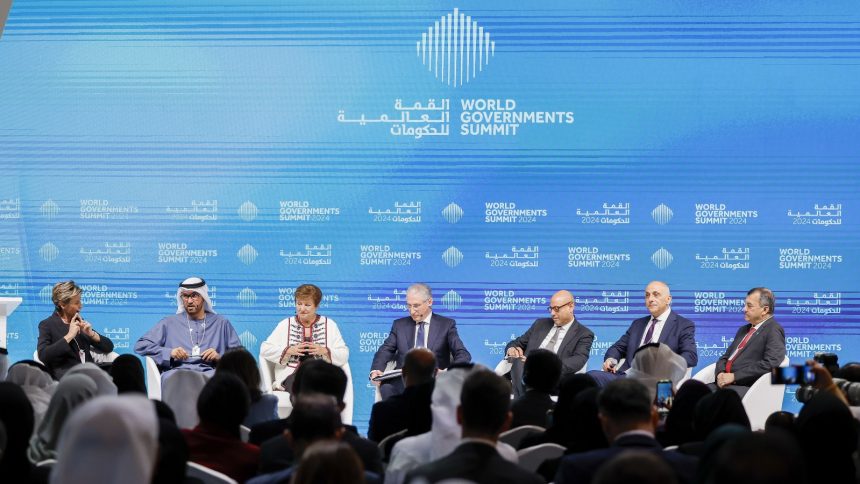Last year’s United Nations climate conference held in the United Arab Emirates concluded with a groundbreaking agreement endorsed by countries worldwide to move away from fossil fuels. The discussions were intense, resulting in unprecedented commitments to increase the use of renewables, adapt to climate disasters, and decrease reliance on coal, oil, and gas. The focus now shifts to COP29 in Baku, Azerbaijan, where the pressing question is the formidable cost of such a considerable effort.
Negotiators have until the end of the conference in December to establish a clear financial target for climate assistance in the coming decades as part of the New Collective Quantified Goal. This target is essential for adhering to the 2015 Paris Agreement and addressing the detrimental effects of fossil fuel emissions, particularly from industrialized countries like the United States. Without adequate funding, some of the world’s poorest nations in Asia and Africa – which have played a minimal role in the climate crisis – will struggle to transition to cleaner economies and adapt to a changing climate.
The $100 billion goal set back in 2009 failed to meet expectations, with developed countries falling short of their commitment until just recently. The lack of sufficient funding, coupled with questionable accounting practices by some nations, caused international estimates of required aid to skyrocket into the trillions. As talks resume at COP29, developing countries are advocating for a much larger financial commitment, with India and Saudi Arabia proposing a target of $1 trillion annually.
While increasing climate aid significantly could greatly benefit vulnerable populations, the astronomical number poses challenges for affluent nations dealing with economic issues and internal strife. The effectiveness of this commitment relies on robust safeguards to ensure funds are directed to the most vulnerable communities. Negotiations will navigate the complexities of setting a new goal to meet the growing demands in a rapidly changing climate.
The debate over climate finance highlights the need for a comprehensive and targeted approach rather than focusing solely on meeting a financial threshold. Developing countries are pushing for clarity on what constitutes climate finance and emphasizing the importance of grants over loans. As discussions progress, the structure of the new goal will be just as critical as the final size in ensuring that aid reaches those in need and promotes sustainable climate action worldwide.






